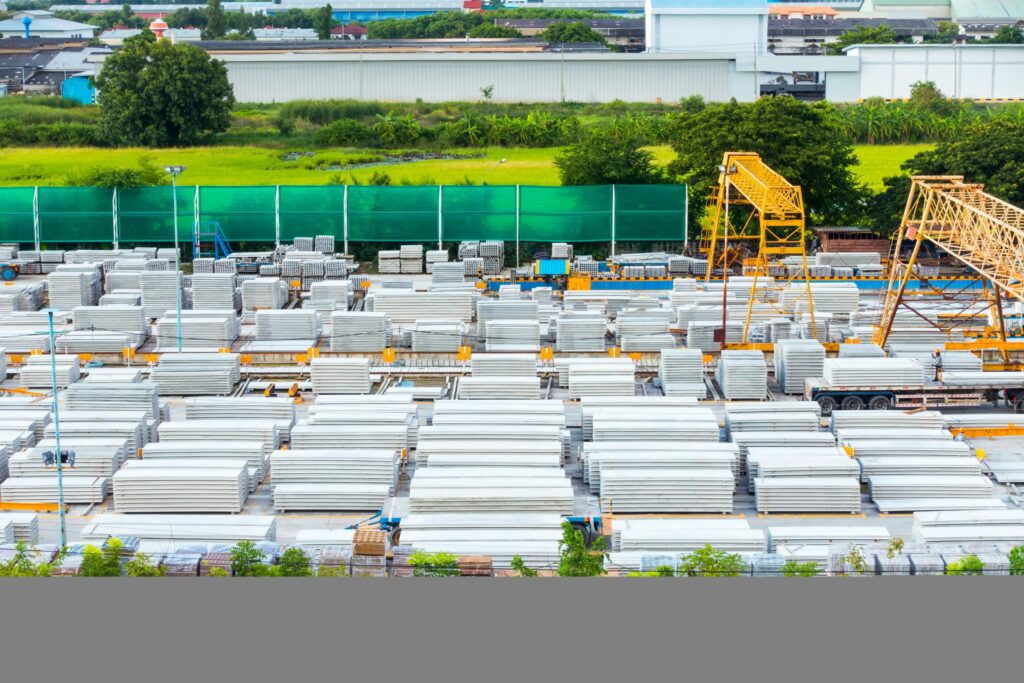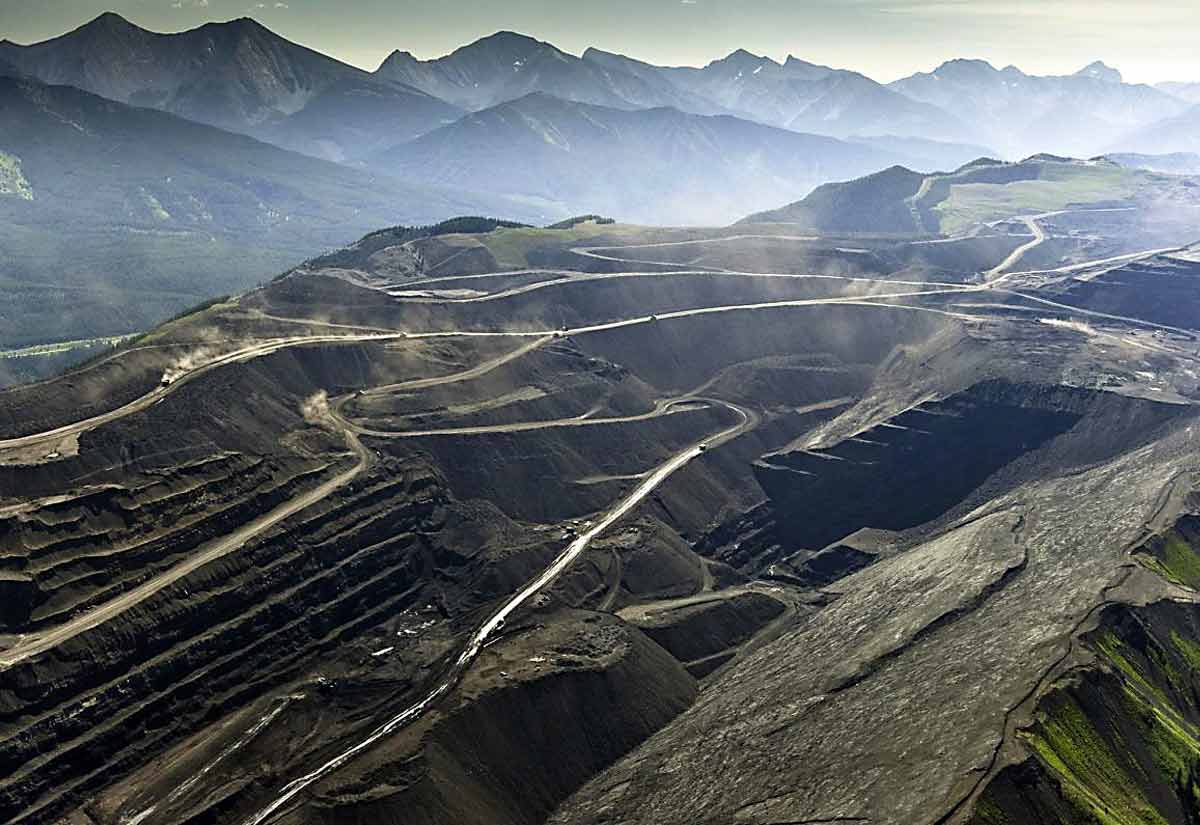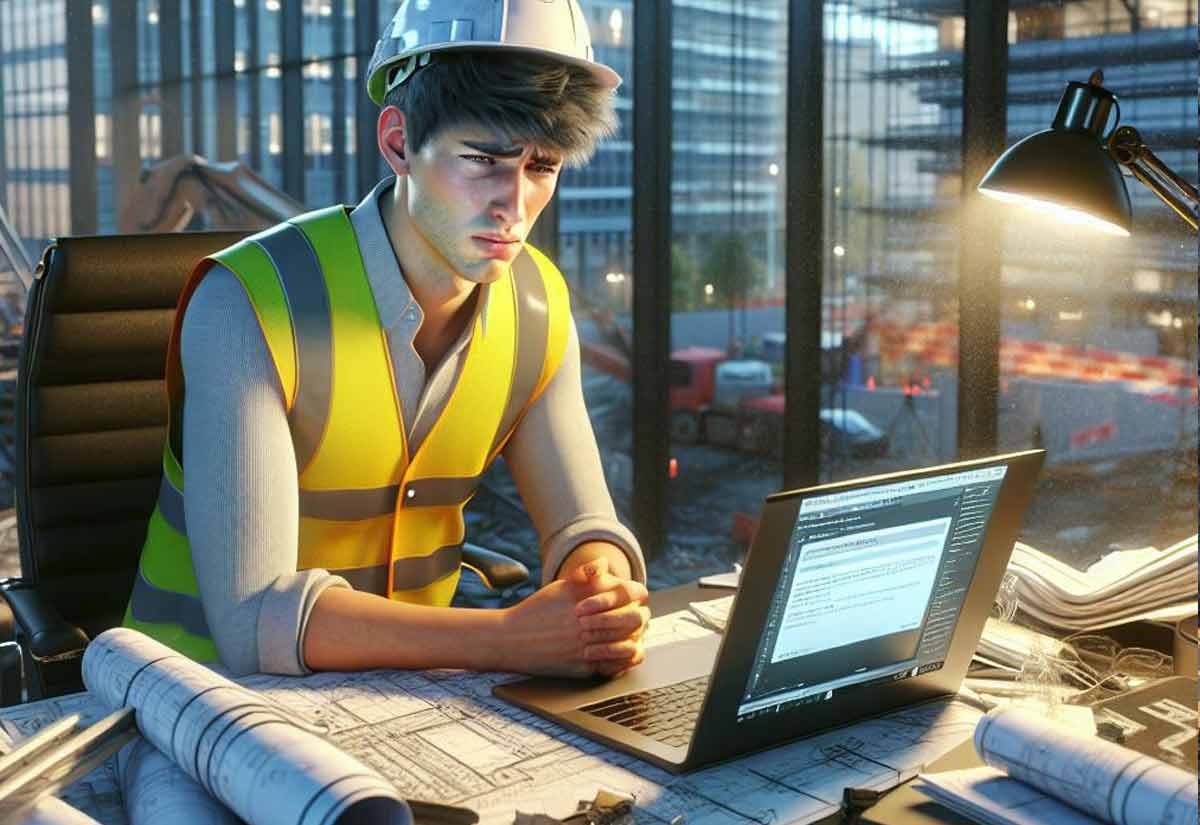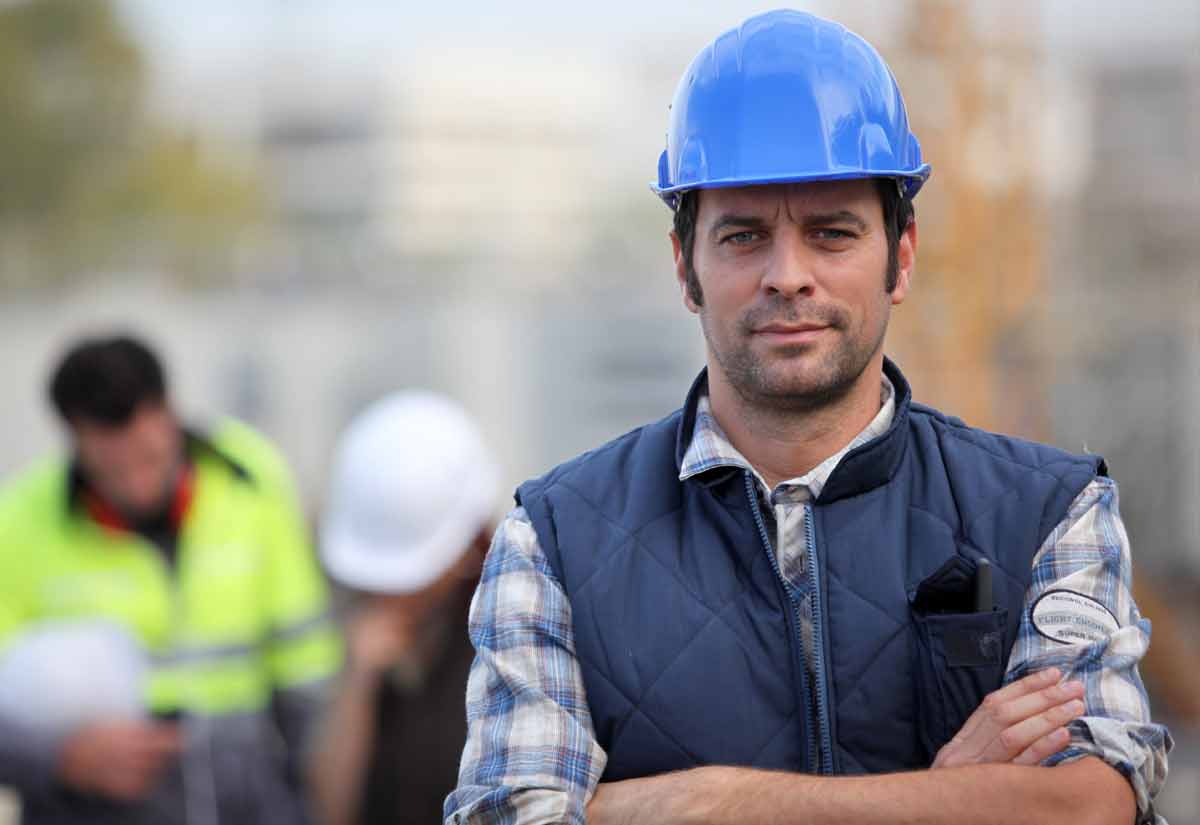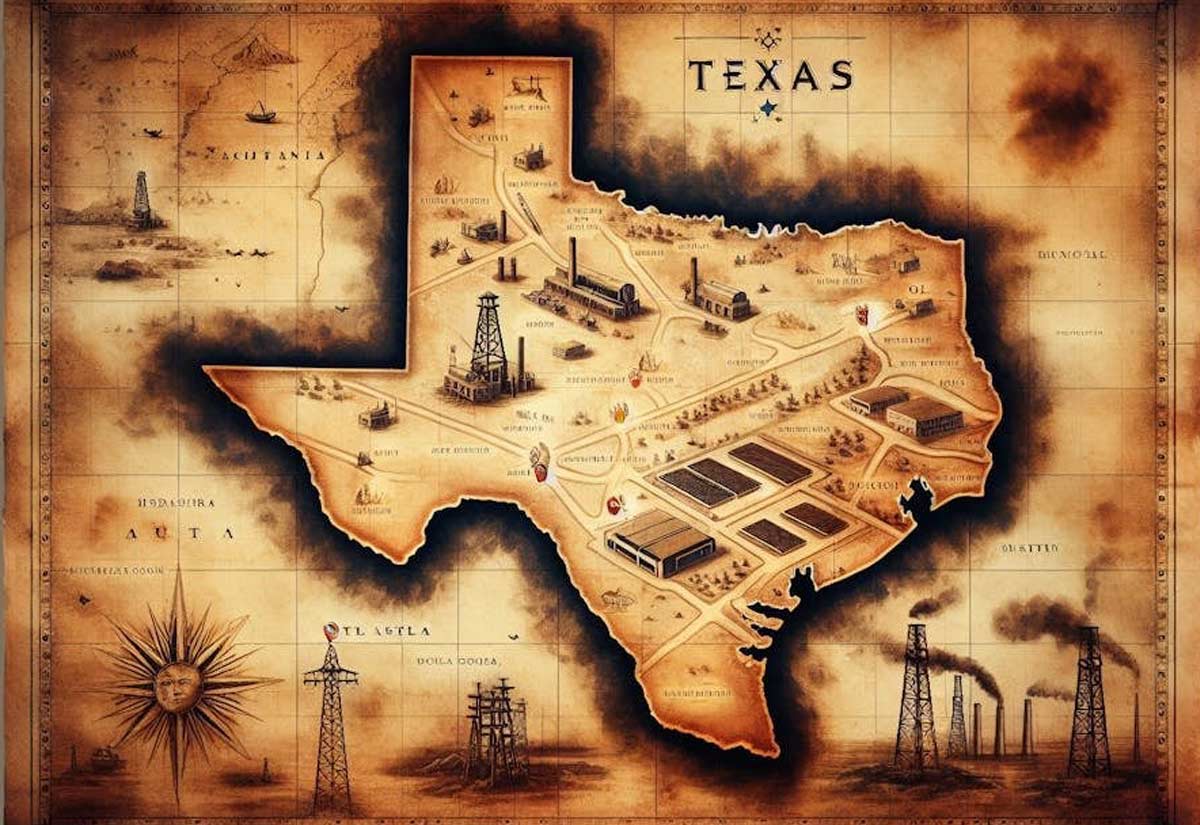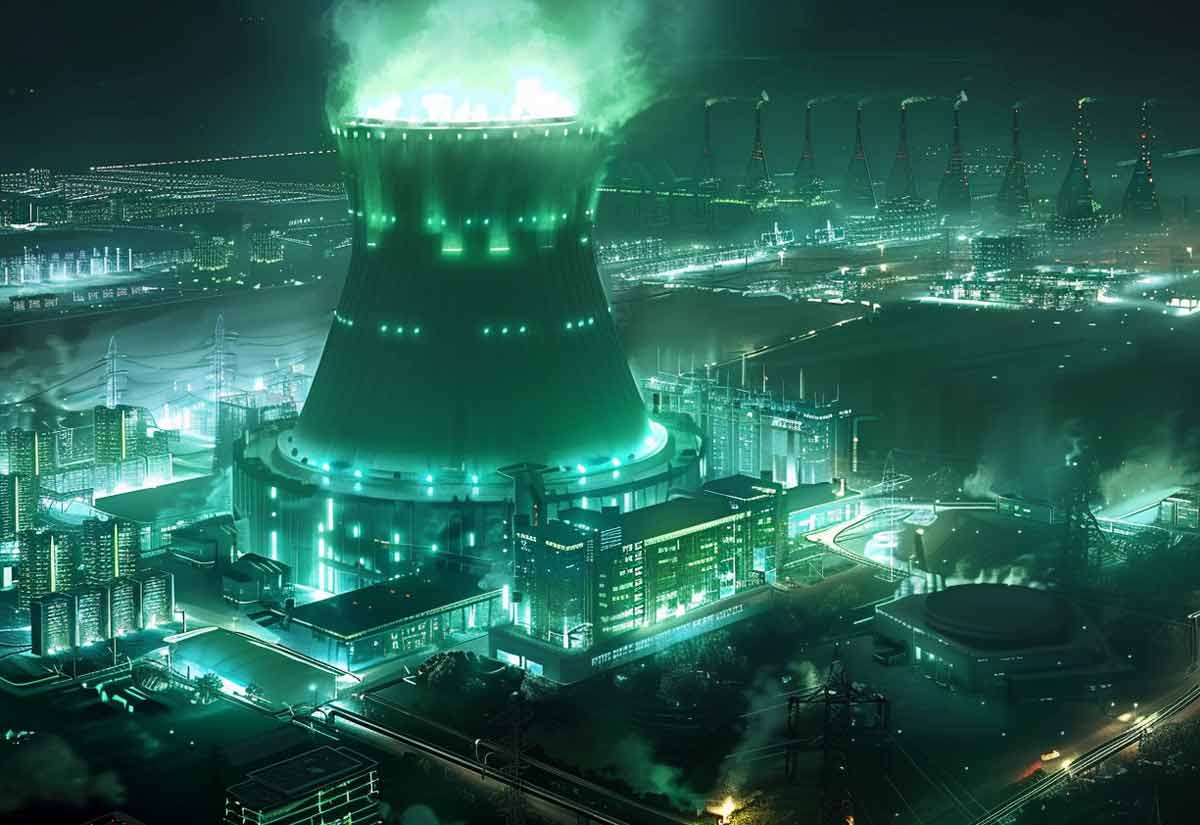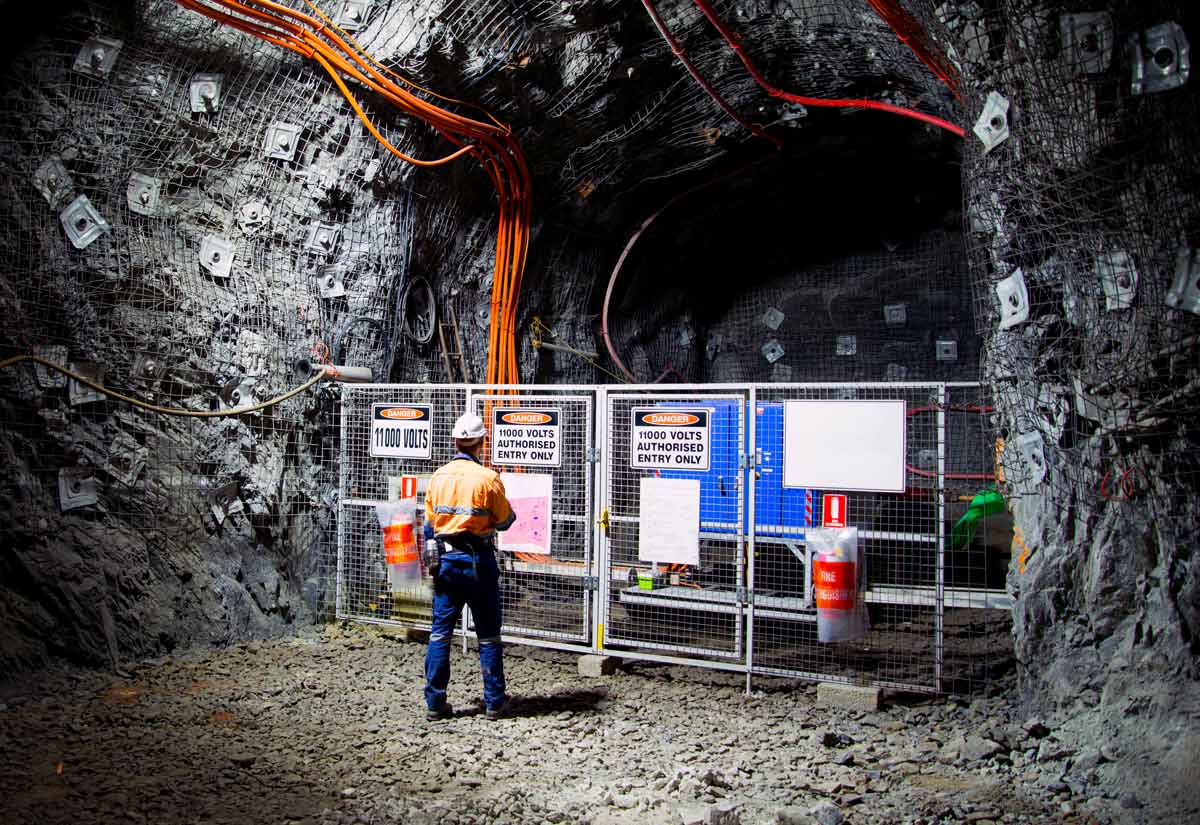At Resource Erectors we’ve been making The Case for Resilient Concrete Construction for quite some time. We maintain connections with industry leaders and the top professional talent in the precast concrete industry across North America, so it’s our business to keep a close watch on trends in this essential sector.
In recent decades, diversification and innovation in the precast concrete industry have been the keys to survival and business growth in a highly competitive sector that has weathered recessions, radical environmental opposition, and now the COVID 19 crisis and its disruption of a thriving economy in 2020.
Today’s precast concrete industry has come a long way from fundamental high-commodity products such as septic tanks and standard utility staples such as culvert pipes and highway dividers. The innovative precast sector is constantly expanding with commercial and residential architectural applications that are actually more “green” and more sustainable than traditional construction materials such as wood and steel. We’ll talk about just how green modern concrete is further on.
Powering Through the Tough Times in the Precast Concrete Business
The NPCA, the National Precast Concrete Association, sets the industry standard for precast concrete manufacturers in the US. For years now, the NPCA has been reporting about the vital willingness to embrace innovation and change required to “power through the tough times” when, as NPCA writer Mason Nichols wrote in his 2015 article Battle Tested, “the bottom falls out”.
Nichols’ informative NPCA article tells the tale of a typical family-owned precast business, Leesburg Concrete Company of Leesburg, Florida. The company was started in 1983 when Sue Rouse and Lannie Thomas purchased a 2.5-acre site that primarily manufactured split-face concrete blocks. Later, stepbrothers and co-vice presidents Kirk Rouse and Shawn Thomas expanded into precast steps and by 1990 introduced a product line of concrete ramps for handicapped access when Congress enacted the Americans with Disabilities Act in 1990.
Demand for steps and ramps extended beyond Florida and they were soon shipping out of state and operating around the clock to fulfill orders. Then 60% to 70% of the company’s steps and ramps market suddenly evaporated due to a mass exodus out of Florida triggered by the nationwide recession.
That left Leesburg Concrete with 30 acres of production space and a brand new batch plant in a saturated Florida precast concrete market where numerous companies producing large quantities of culvert and pipe kept competition high and profit margins low. The key to not only surviving but thriving in this competitive business environment was diversification, and Leesburg Concrete turned disaster into a golden opportunity for growth by expanding into the new innovative product lines in their crowded industry sector.
Leesburg still manufactures precast steps and ramps but they’ve also “embraced change” with a much-expanded concrete product line featuring the latest advances in precast and prefabricated concrete technology including:
- precast concrete floor-to-floor stairs
- Boardwalks
- Easi-Set & Easi-Span buildings
- SlenderWall concrete and steel stud building panels
- Custom architectural panels
- Architectural bridge sections and other custom concrete products.
With their expansion of precast products and installation services, Leesburg has now shipped far beyond its traditional 100-mile circle with custom products sent to California, Texas, Maine, Canada, and the Bahamas. Since 2015 they’ve landed two large-scale precast concrete cladding jobs, one for Tyndall Air Force Base east of Panama City and one for Mayport Naval Station in Jacksonville. As their reputation for quality precast work grew, Disney contracted Leesburg Concrete to replace a series of octagonal park benches originally manufactured and placed inside of Disney World in 1971.
That’s a long trail of innovation from the original split-face concrete blocks that Leesburg Concrete Company was built on, and the industry as a whole is following suit by embracing change to meet demand here in the US and around the world. According to an August 2020 Marketwatch press release:
“The global precast concrete market size is anticipated to reach USD 149.1 billion by 2026 growing at a CAGR of 6.6% during the forecast period.”
Here’s why.
Precast Concrete Construction is Green: Debunking the Carbon Footprint Myth
As so often happens in the age of (often baseless) politically driven green-minded climate worship, CO2 emissions, and the dreaded “carbon footprint” are frequently used as arguments against the concrete industry.
Questionable theories about man-made climate warming have been embraced as fact even though researchers at the University of Turku concluded that man’s contribution to global warming over the past 100 years “was about 0.01 degrees celsius.” The conclusions from scientists in Finland are also corroborated by researchers in Australia, as well as professor Masayuki Hyodo, the lead researcher on a Japanese report from Kobe University in Japan.
But for the sake of argument, let’s concede that the same politically driven “scientific” community that shut down the world to fight a virus with a 96 % survival rate they’ve labeled as “deadly” is completely correct about CO2 emissions and global warming despite their highly flawed climate models. They still can’t make a case against the green precast sector or even the ready mix concrete industry in general.
The Saskatchewan Ready Mixed Concrete Association Inc. or SRMCA has been around since 1963 when it started out as the Prairie Ready Mixed Concrete Association. The Canadian organization represents over 60 concrete plants and approximately 90 percent of the ready mixed concrete poured in Saskatchewan. Like the NPCA in the US, they set the standard for ready mix concrete quality in their region. Their eye-opening report Concrete and the Environment quickly deflates the CO2 emissions balloon that too often hangs over the concrete industry. It’s right at the top of their environmental benefits list.
“Low CO2 intensity – the production of concrete, which consists of 10% – 15% cement, results in emissions of about 0.13 tonne of CO2 per ton of concrete, equal to 1/9 the emissions of cement. Concrete manufacturing results in less CO2 per unit than almost all other construction materials, making it the sustainable construction material of choice.”
Other sustainable advantages of concrete include:
- Widespread local availability of aggregates to reduce transportation emissions
- Ideal recycling medium for fly ash from coal-burning power plants and slag from steel production. See our 2018 article Could Concrete Go Green? The Green Cement Concept
- Old concrete is 100% recyclable as aggregate for use in roadbeds, as a granular material, or new concrete mixtures.
- Diverts construction waste from landfills. Concrete is manufactured to specifications, so only the volume of material required is delivered to the site
- Concrete’s excellent thermal mass characteristics moderate heating and cooling peaks and save energy by reducing heating ventilating and air conditioning equipment requirements for buildings.
- Lower lighting costs with concrete’s high reflectance reduces the need for the night-lighting to illuminate concrete roadways, parking lots, and other structures.
- Concrete buildings are durable and eliminate the need for frequent replacement and repair after storms, earthquakes, hurricanes, and other severe weather events.
About Resource Erectors
At Resource Erectors we bring decades of specialized human resource experience to the table in industrial sectors including precast concrete, civil construction, mining, engineering, construction materials, aggregates, mineral processing, and more. When you have critical vacancies to fill your organization can avoid the high costs and disruptions they cause by partnering with Resource Erectors to make the right hire with the recruiting expertise you need to complete your company’s dream team.
If you’re a highly qualified professional and you’re ready to move up the career ladder we can match you with the industry-leading companies all across North America that are looking for the skills and experience you have, so don’t hesitate to contact us today.
